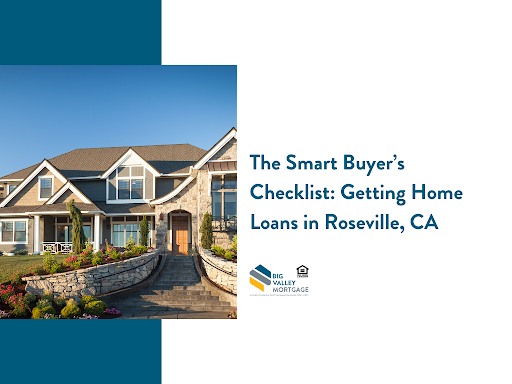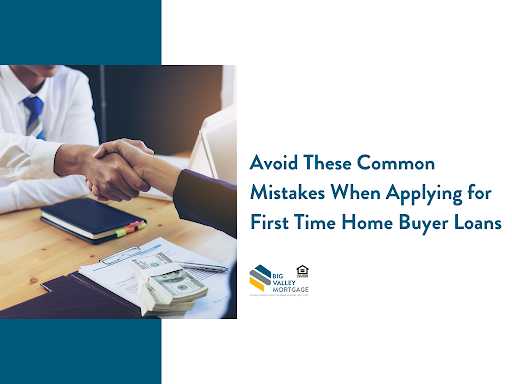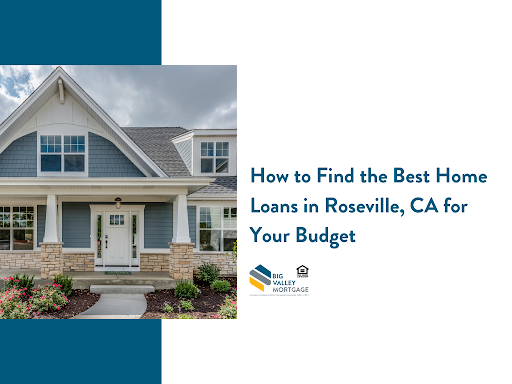

For service members, veterans, and their families, it’s hard to beat current VA loan rates.
VA loans are insured by the U.S. Department of Veterans Affairs and available to most vets, active-duty military, reservists, members of the National Guard and surviving spouses of deceased veterans.
Rates on VA loans are usually lower than conventional loan rates, but they can still vary by lender and your financial situation.
Follow these five tips to set yourself up for a great VA mortgage rate.
1. Work on your credit score before applying for a VA loan
Your credit score will play a big role in determining your VA mortgage rate. While it’s possible to qualify for a VA loan with less-than-perfect credit, rates tend to go down as your score goes up.
Before talking to lenders, look at your credit report and three-digit credit score. Incorrect information, maxed-out credit cards, and overdue bills could be dragging you down. But these credit problems can be remedied, and your patience and diligence will likely be rewarded with a better rate.
2. Get quotes from at least three VA mortgage lenders
Rates, fees, and services vary by lender, so the cost of a VA loan from one could be very different from the next. Compare quotes from at least three lenders to avoid paying too much.
When a potential
mortgage lender provides a loan estimate, look for the interest rate as well as the annual percentage rate, or APR. The interest rate tells you how much the lender will add to your monthly payment for borrowing their money, while APR is the total price you’ll pay annually — interest plus fees. APR is often 0.20% to 0.25% higher than your interest rate. When comparing APRs, be sure to ask what fees are included.
Speaking of fees, pay close attention to closing costs, lender fees, and charges for things like an appraisal, credit check, and flood certification. Some lenders may waive these fees or charge less than others.
One non-negotiable fee to be aware of is the VA loan funding fee, which ranges from 1.25% to 3.3% depending on your military service, down payment amount and whether you’ve had a VA loan in the past. The VA funding fee affects the total cost of your loan, especially if it’s rolled into the mortgage rather than paid upfront.
3. Ask about state loan programs for veterans
VA loans are available nationwide, but your state may have additional military-focused loan programs to consider. If you meet eligibility requirements, these programs may offer rate discounts, down payment assistance, and other benefits.
For example, Maryland’s Homefront mortgage provides veterans with an interest rate discount of 0.25 percentage points, and the Ohio Housing Finance Agency offers a similar discount for all public servants.
When comparing VA mortgage rates, ask potential lenders if they participate in state loan programs and how to find out if you qualify.
Want to request a quote from us?
4. Consider making a down payment (or buying points)
It’s possible to get a VA loan without a down payment, but if you can afford to put down 5% or more, it could mean a lower interest rate and reduced VA funding fee — saving you thousands over the life of a loan. The state-level down payment assistance programs mentioned in tip No. 3 could help with this if you’ve struggled to save a down payment on your own.
Buying discount points is another way to get a lower rate on your VA loan. When you buy points, you pay a lump sum upfront in exchange for a lower rate.
Although buying points costs more initially, it could yield savings over time. A good rule of thumb is: Only buy points if you can afford it and plan to live in the home long enough to break even; otherwise, you may shell out for long-term savings that never materialize.
5. Choose the right loan for your needs
VA loans come in more than one flavor, including purchase, refinance, and mortgages for Native Americans and veterans with disabilities. Then, there are options within these loan types. You could choose a VA purchase loan with a 30- or 15-year fixed-rate, or a 5/1 adjustable rate, for example.
Shorter loans generally have lower interest rates but higher monthly payments. Consider shorter
home loans in Roseville, CA, if you plan to live there for the full term and expect your income to remain stable. Adjustable-rate loans, or ARMs, start with lower monthly payments, but that could change if rates climb higher over time. An ARM might only make sense if you’re likely to move or refinance before the intro rate expires.
To recap:
HOW TO GET THE BEST VA MORTGAGE RATES
Check your credit for errors and debts that bring down your score.
Compare rates from at least three VA lenders and pay special attention to fees.
Ask about state mortgage programs that offer discounts for veterans.
Make a down payment, even if it isn’t required.
Choose the correct VA loan type for your needs.
*The views, articles, postings, and information listed at this website are personal and do not necessarily represent the opinion or the position of Big Valley Mortgage.*












